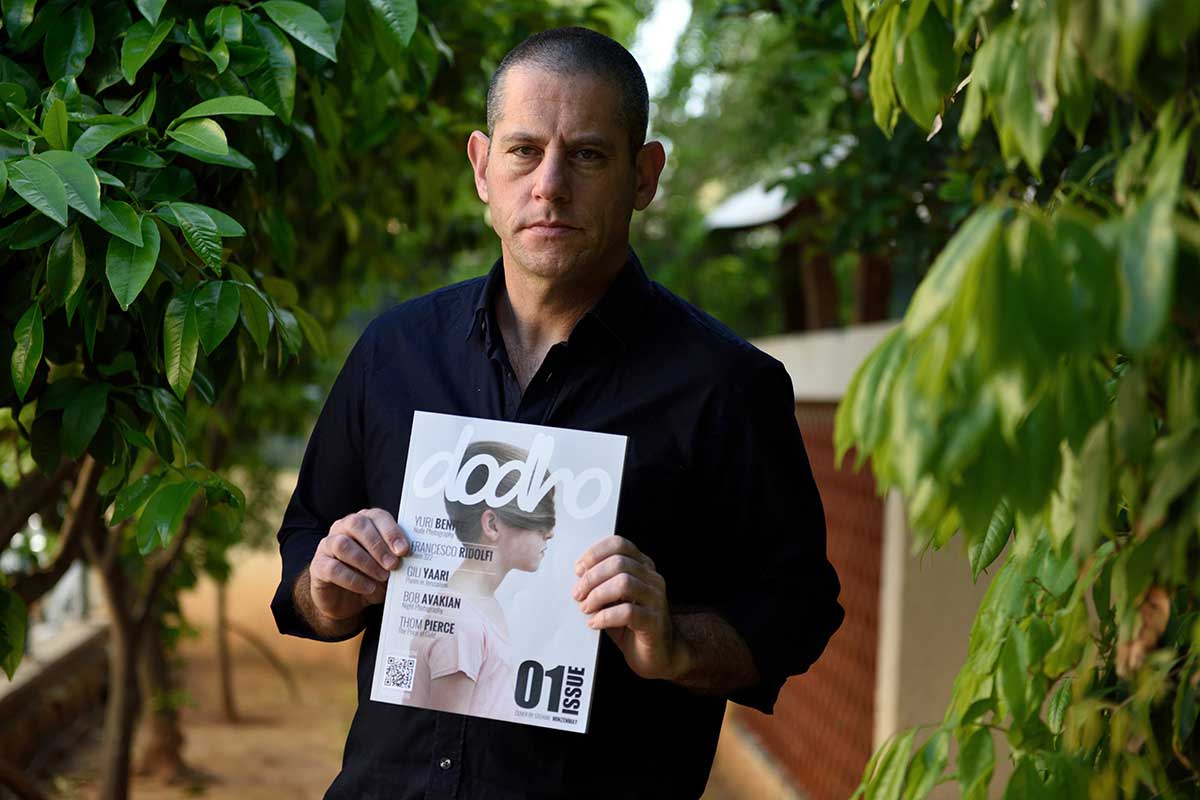Gili Yaari is an Israel-based photojournalist specializing in documentary and news photography, covering daily issues all over Israel and in West Bank settlements including spot news, religious events, political and social issues.
Gili’s works appear in various Israeli and international magazines and daily papers like Time, New York Times, The Guardian, Le Monde and Wall Streer Journal, among others. Since 2007 he is a contributing photographer for the Jerusalem based press photo agency Flash90.
Since 2013, Gili is a contributing photographer for NurPhoto press photo agency, covering Israel. [Official Website] [Print Edition] [Digital Edition]
Can you tell a little about yourself?
Born in Israel, 1971. I am an Israel-based photojournalist specializing in documentary and news photography. Since 2007 I am a contributing photographer for the Jerusalem based press photo agency Flash90. Since 2013 I am a contributing photographer to NurPhoto
My works were published in major international and Israeli magazines and daily papers. I have participated in several exhibitions worldwide and in Israel. My work was awarded in various international photography competitions like ‘Sony World Photography Awards’ and ‘Prix de la Photography Paris’ (PX3), among others.
How did you get interested in photography?
My older brother had a 35mm old camera and some lenses that he got for his Bar-Mitzva (age of 13). It was always there but he barely used it. I remember one day, when I just picked it up and started shooting. It soon became my first camera. I started passionately exploring photography, shooting mostly still life at the beginning but very fast shifted to photographing people.
What inspired you to take your images?
At the beginning I was mostly driven by curiosity to both exploring the medium of photography and exploring stories, for which the camera has opened doors for me.
Three words that describe your works?
Documenting, people, life.
How would you define your general style of photography?
I am photographing people. I am a documentarian; in my images I strive to show the raw truth. I interact with the people I photograph and try, in addition to the storytelling, to express their most authentic emotional condition whether its during celebrations, mourn or rage.
My visual photographic style is such that puts the stories and the subjects in the center. I use photography language (in terms of composition, exposure, motion..) as a tool to empower the subjects and the stories rather than making visually nice pictures.
In your opinion, what makes a good photograph?
A good photograph is one that will that stand out from the masses of images we are exposed to, and cause the observer to stop, think and emotionally react.
What do you think makes a memorable project?
One that combines strong images that are tightly connected to each other to tell a clear story and statement. It is crucial for such a project to have the photographer’s statement sharp and clear.
How do you know you got the shot you wanted?
When I look at the picture and can feel the captured moment. This happens when, in addition to the subject, the frame provides exactly the information needed for understanding the context and when the shoot was taken at the decisive moment.
Your idea of the perfect composition?
I believe there is no such thing as ‘perfect composition’. In photography, composition is just another tool in our visual language. The same scene, composed differently, can have absolutely different meanings. The composition should support the photographer’s statement, as it always exists. It can make the subject look big, small, weak or strong and that should be supported by the composition the photographer chooses.
What would I find in your camera bag?
Two Nikon DSLR bodies, Lenses: 17-35, 70-200, 50mm, a flash , a teleceonverter, many memory cards, card reader, batteries, a laptop and a small notebook.
What future plans do you have?
Keep doing the same things but always better and deeper. There are some long-term documentary projects I am planning, related to Jewish traditions.
Finally, one last question. What opinion do you have of our print edition?
I think it is absolutely fantastic! I was excited to receive the print. The quality of both content and production is nothing less than amazing. It takes a lot of courage and vision to decide on going to print these days when publications are moving to the online. Still, nothing is compared to touching the quality paper and experiencing the content through the printed magazine. I wish you a lot of success!







